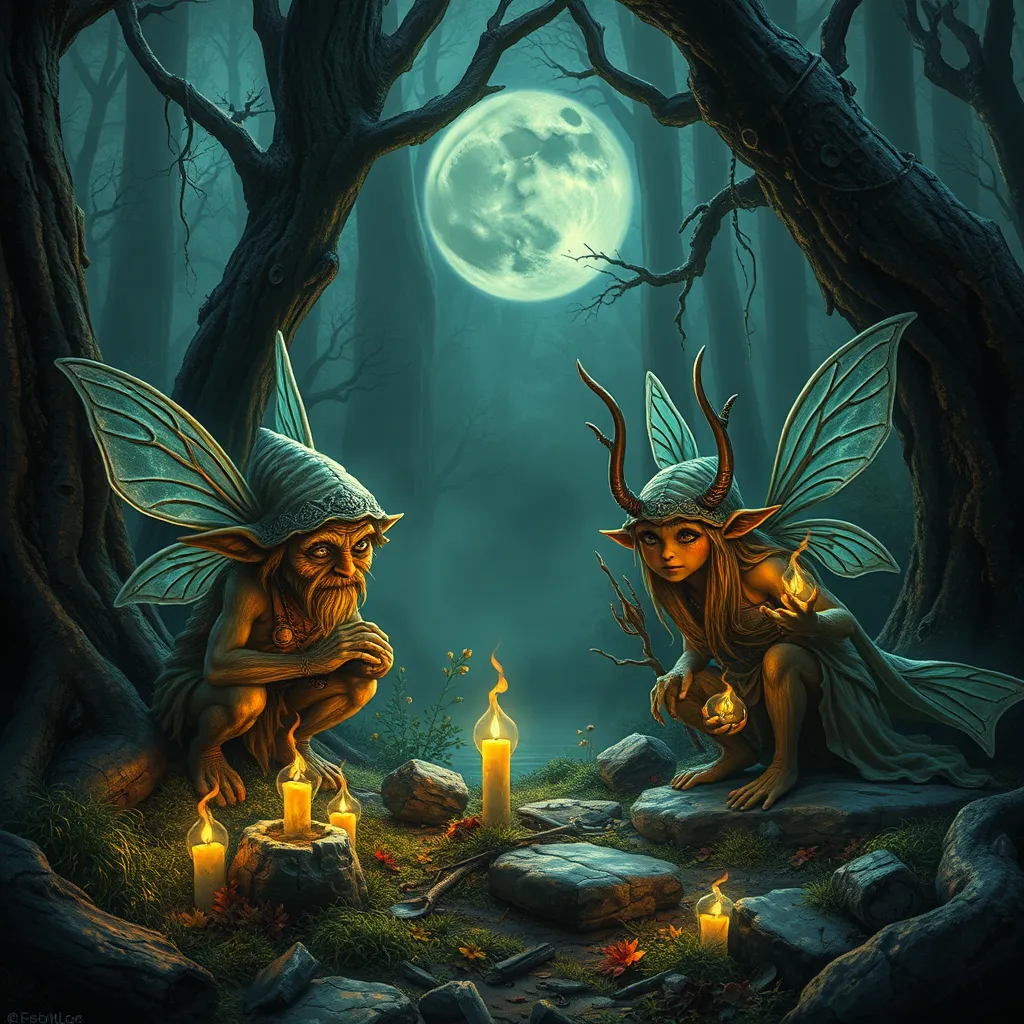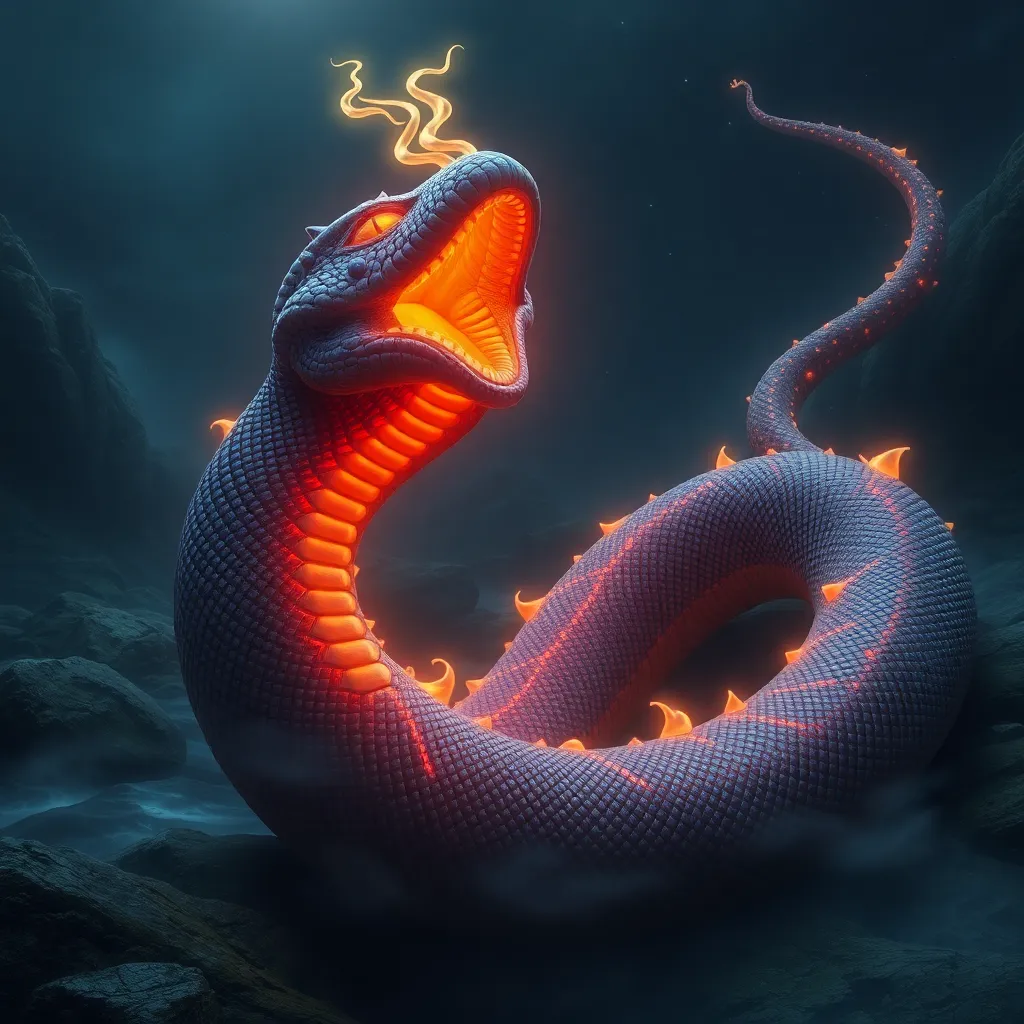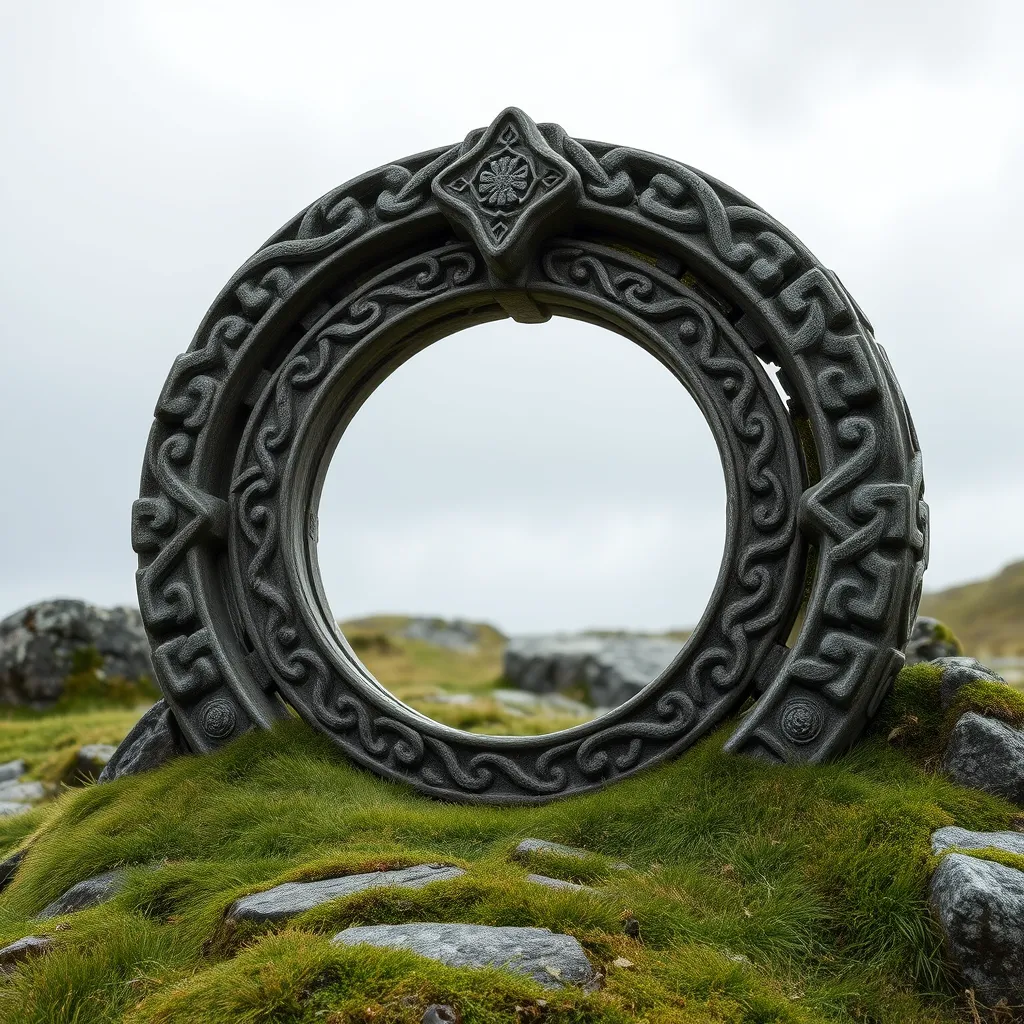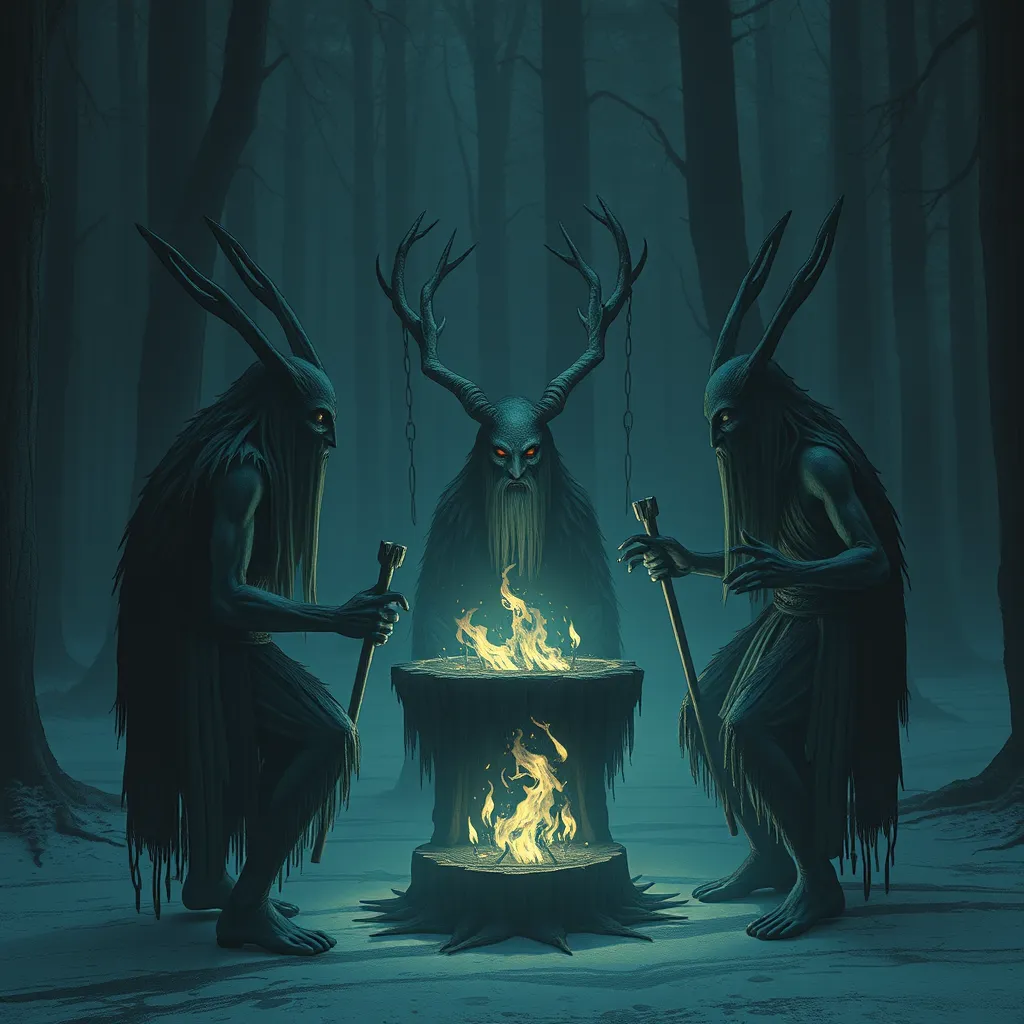The German Faeries: From the Kobolds to the Zwerge and the Nixies
I. Introduction
German folklore is a rich tapestry woven from centuries of stories, legends, and cultural beliefs. It reflects the values, fears, and dreams of the German people, showcasing a world where the supernatural mingles with the mundane. One of the most captivating aspects of this folklore is the concept of faeries—mystical beings that range from benevolent helpers to mischievous tricksters.
This article delves into the fascinating realm of German faeries, focusing on three prominent figures: the Kobolds, Zwerge, and Nixies. By exploring their characteristics, stories, and cultural significance, we aim to shed light on their enduring legacy in both historical and contemporary contexts.
II. The World of German Faeries
In German culture, faeries are often seen as supernatural beings that embody the forces of nature, human emotions, and moral lessons. They are typically characterized by:
- Connection to specific natural elements (earth, water, air).
- Personality traits that can range from helpful to harmful.
- Involvement in human affairs, often influencing fate and fortune.
The role of faeries in German folklore is multifaceted. They serve as characters in stories that convey moral teachings, offer insight into human nature, and provide entertainment. Moreover, they highlight the deep connection between humans and nature, often representing the unexplainable forces of the natural world.
III. Kobolds: The Mischievous Spirits
Kobolds are perhaps the most recognized faerie figures in German folklore. Originating from ancient Germanic traditions, these small, often impish spirits are known for their playful and sometimes malevolent behavior.
There are several types of Kobolds, each with distinct traits:
- House Kobolds: These spirits are believed to inhabit homes, helping with chores but also causing chaos if not treated well.
- Mine Kobolds: Associated with mines, they are protectors of treasures but can lead miners astray.
- Water Kobolds: Often linked to rivers and streams, these spirits can be both helpful and dangerous.
Famous tales of Kobolds include stories where they assist farmers in their work, only to retaliate with mischief when disrespected. These narratives often carry moral lessons, emphasizing the importance of respect and gratitude towards the unseen forces that help sustain life.
IV. Zwerge: The Dwarfs of the Forest
Zwerge, or dwarfs, hold a special place in German folklore, often depicted as wise and industrious beings that dwell in the mountains and forests. They are known for their craftsmanship, particularly in metalwork and mining.
The distinction between Zwerge and other faerie beings is significant:
- Zwerge are typically portrayed as more grounded and less whimsical than Kobolds.
- They are often associated with the earth and are seen as guardians of its treasures.
- Unlike some faeries, Zwerge are not inherently mischievous; they are more likely to aid humans, especially if treated with respect.
In literature and art, Zwerge have been depicted in various ways, from the wise old dwarf in fairy tales to the industrious figures in modern fantasy. Their representations often emphasize themes of hard work, loyalty, and the importance of community.
V. Nixies: The Water Spirits
Nixies are enchanting water spirits featured prominently in German folklore, often depicted as beautiful beings who inhabit rivers, lakes, and streams. Their aquatic nature ties them closely to the elemental forces of water.
Mythological stories surrounding Nixies often highlight their dual nature:
- Benevolent Nixies: These spirits are known to assist travelers and fishermen, offering gifts and guidance.
- Malevolent Nixies: Conversely, some stories depict them as dangerous beings who lure individuals to watery graves.
The symbolism of Nixies encompasses themes of seduction, danger, and the mysterious qualities of water, making them complex figures within the realm of German faerie lore.
VI. The Interconnectedness of German Faeries
The interconnectedness of Kobolds, Zwerge, and Nixies is evident throughout German folklore. These beings often inhabit the same stories, interacting with one another in various ways:
- Kobolds may work alongside Zwerge in mines, showcasing a partnership between earth and mischief.
- Nixies may influence the actions of Kobolds, especially in tales involving water-related challenges.
- All three types of faeries embody common themes, such as the interplay between nature and humanity.
Cultural exchanges and regional variations also enrich the lore surrounding these faeries, demonstrating how local beliefs and customs shape their stories and characteristics.
VII. Modern Interpretations and Popularity
In recent years, there has been a resurgence of interest in German faeries, spurred by contemporary adaptations in books, films, and art. This renewed fascination highlights the relevance of these ancient beings in modern culture.
Notable adaptations include:
- Fantasy novels that incorporate Kobolds, Zwerge, and Nixies into their narratives.
- Films and animations that bring these characters to life, often reinterpreting their roles and traits.
- Artistic representations that celebrate the beauty and mystery of German faerie mythology.
This revival plays a significant role in shaping modern German identity, as people explore their heritage through the lens of these enchanting beings. Additionally, faerie-themed tourism has become popular, as travelers seek to connect with the folklore and landscapes where these myths originated.
VIII. Conclusion
The importance of Kobolds, Zwerge, and Nixies in German folklore cannot be overstated. These faeries not only enrich the cultural narrative but also offer profound insights into human nature and the relationship between humanity and the natural world. Their stories continue to captivate audiences, reminding us of the power of mythology in shaping our understanding of life.
As we reflect on the enduring legacy of German faeries, it becomes clear that these mystical beings invite us to explore deeper layers of our cultural traditions. We encourage readers to delve further into the fascinating world of German mythology, discovering the timeless tales that continue to inspire and enchant.



